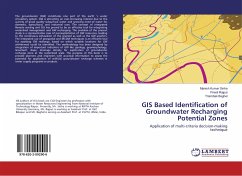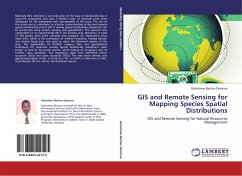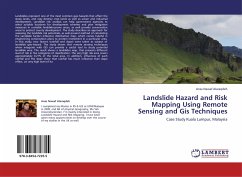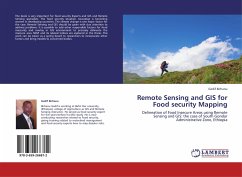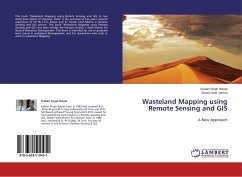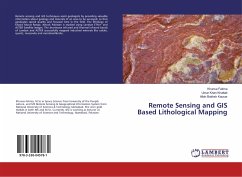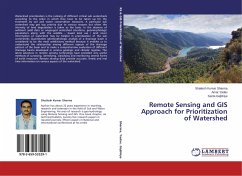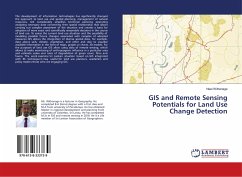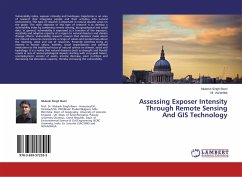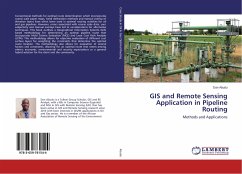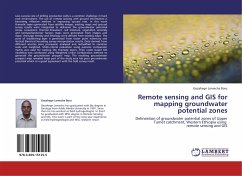
Remote sensing and GIS for mapping groundwater potential zones
Delineation of groundwater potential zones of Upper Tumet catchment, Western Ethiopia using remote sensing and GIS
Versandkostenfrei!
Versandfertig in 6-10 Tagen
32,99 €
inkl. MwSt.

PAYBACK Punkte
16 °P sammeln!
Low success rate of drilling productive wells is a common challenge in hard rock environment. The use of remote sensing with ground information is becoming effective method in improving success rate. In this work thematic layers generated from satellite images, existing maps and ground survey results were integrated to delineate the groundwater potential zones. Lineament, thermal lineament, soil moisture, vegetation anomaly and landuse/landcover factors maps were generated from images and slope, drainage density and lithology were derived from existing maps. The zone of weathering layer is gen...
Low success rate of drilling productive wells is a common challenge in hard rock environment. The use of remote sensing with ground information is becoming effective method in improving success rate. In this work thematic layers generated from satellite images, existing maps and ground survey results were integrated to delineate the groundwater potential zones. Lineament, thermal lineament, soil moisture, vegetation anomaly and landuse/landcover factors maps were generated from images and slope, drainage density and lithology were derived from existing maps. The zone of weathering layer is generated from water point inventory and Vertical Electrical Sounding survey interpretation results. Data derived from different sources were processed, analyzed and reclassified to common scale and weighted. Multi-criteria evaluation using pairwise comparison matrix was used for ranking the thematic layers. Then raster based GIS modeling was conducted using Weighted Linear Combination method to generate the groundwater prospect map. The resulting groundwater prospect map revealed large part of the study area has poor groundwater potential which is in good agreement with the field survey result.



